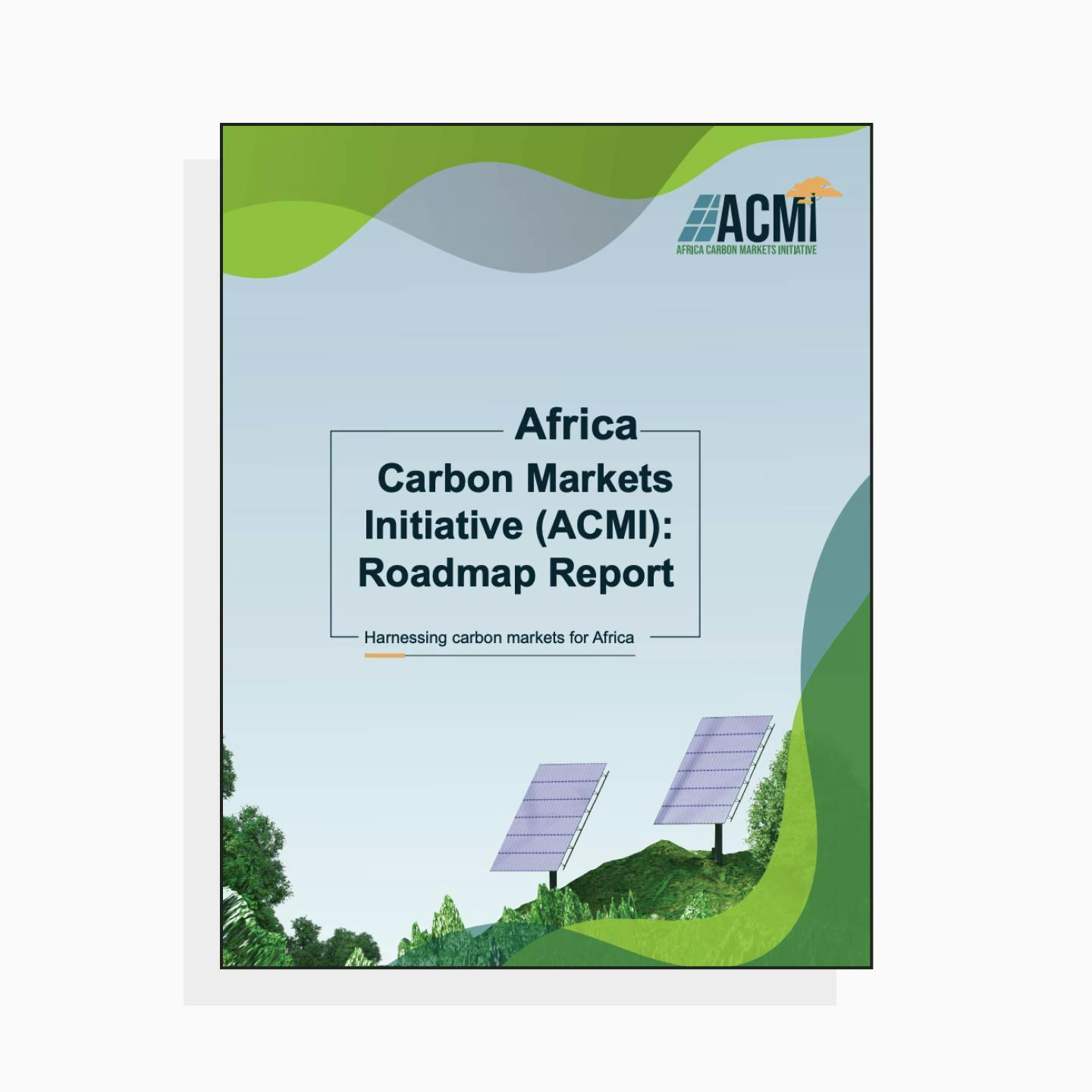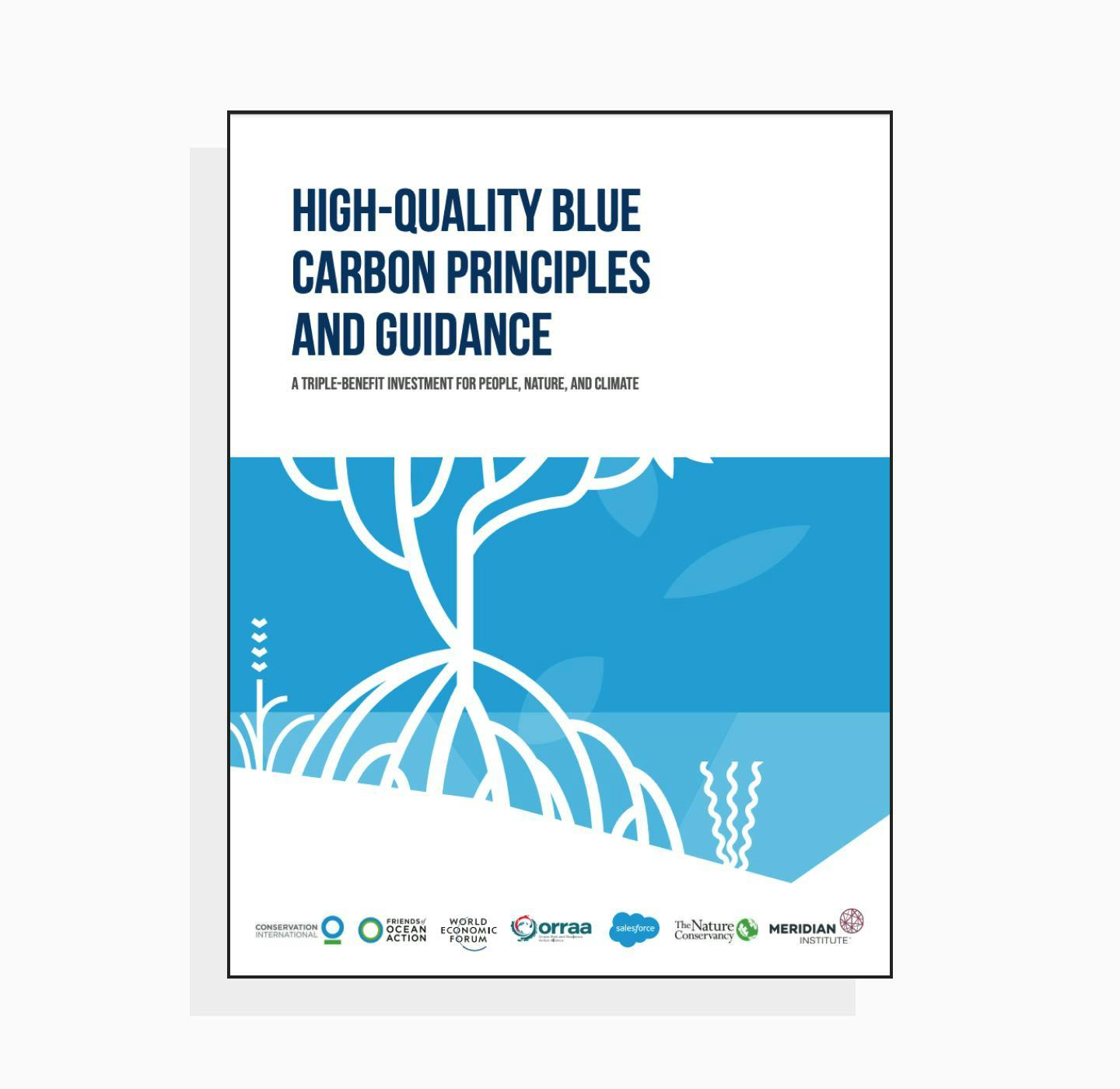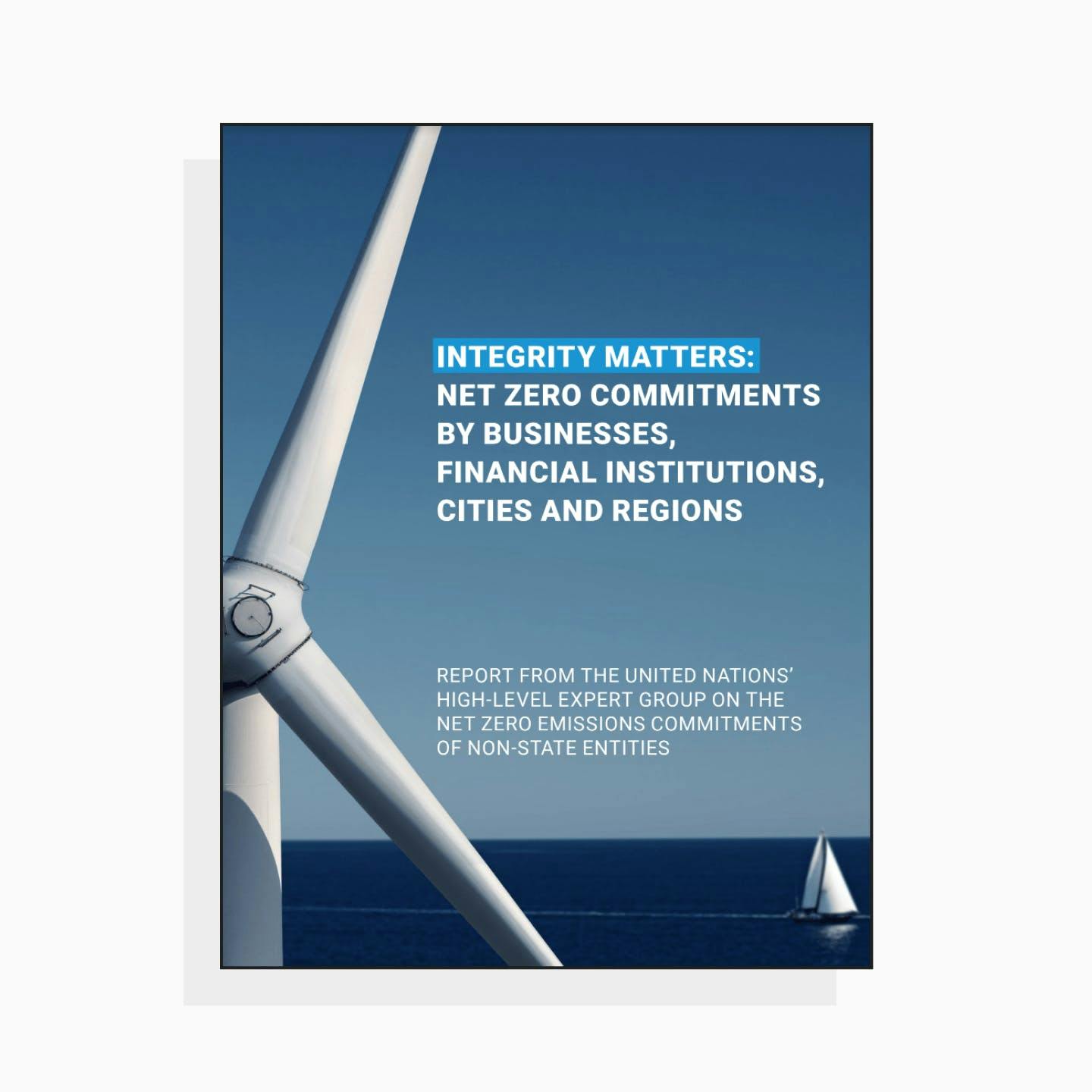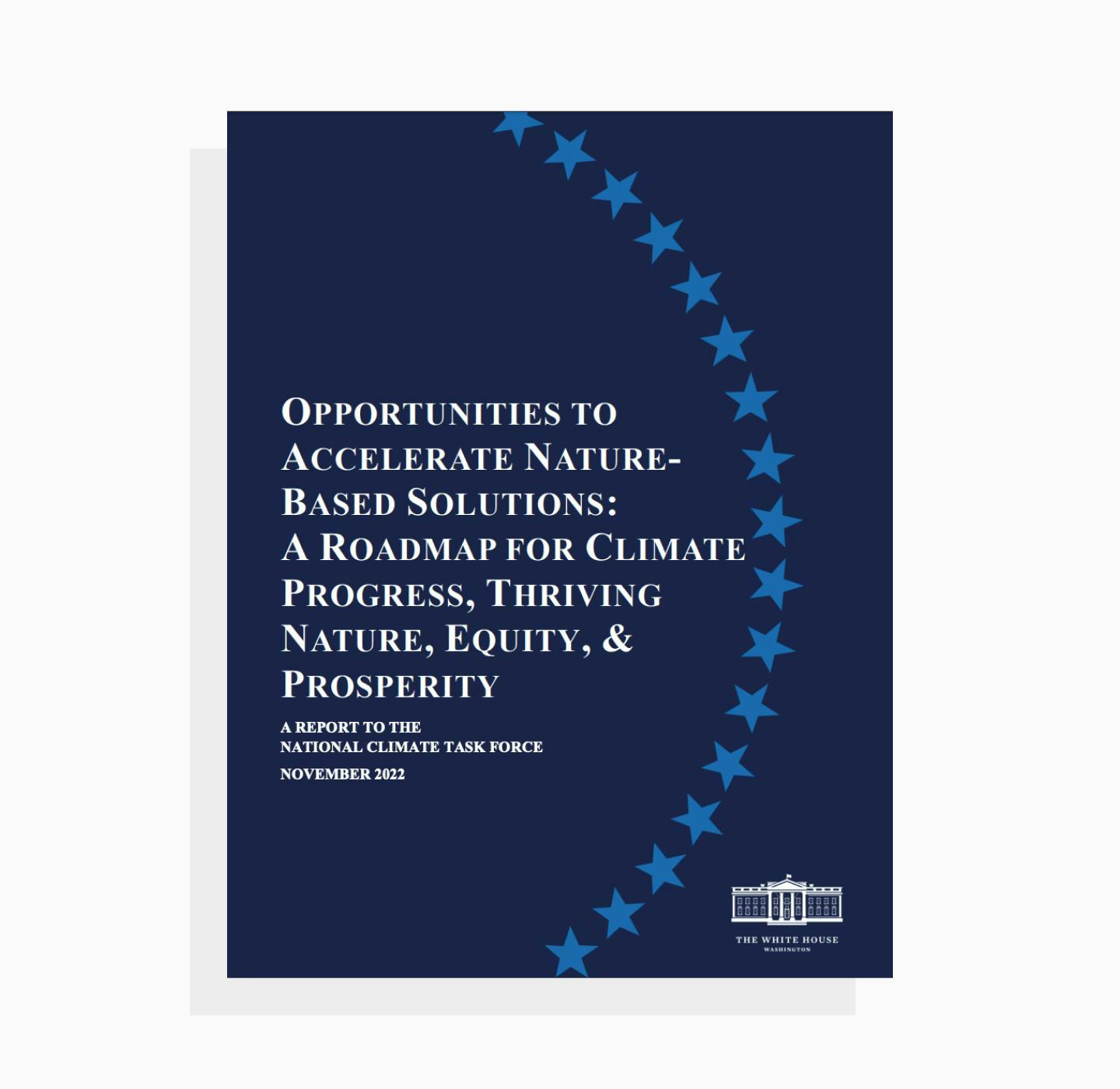

What carbon markets news do you need to know about from COP27?
The conference included several discussions regarding the future of the global carbon markets – particularly on Article 6 of the Paris Agreement.
The TLDR? We need bold action and tough decisions, which didn’t happen.
Although some progress was made at COP27, it falls short of what is needed to scale up the carbon markets and ensure their ability to contribute to vast decarbonisation.
There’s now another year to wait before governments reconvene for further discussions at COP28.
But climate action can’t wait.
So, it’s clear that change must be driven by private markets, by bold businesses committing to support the development of the carbon markets in the right direction – driving real climate impact through buying carbon credits from high-quality, transparent, impact-led projects.
In case you couldn't keep up with the headlines, this post is roundup of all the carbon markets news from COP27, covering:
- New agreements made on Article 6 of the Paris Agreement
- The launch of the Africa Carbon Markets Initiatives (ACMI)
- US proposal for a new carbon trading scheme: the Energy Transition Accelerator
- Conservation International announce principles for high-quality blue carbon projects
- The formation of the Global Carbon Trust and the Carbon Storage Governing Council
- UN launch ‘Integrity Matters on net zero commitments
- Verra and Pachama announce a pilot forest carbon remote-sensing platform
- US proposal to scale up Nature-Based Solutions
1. New agreements made on Article 6 of the Paris Agreement
First and foremost – the latest on Article 6 of the Paris Agreement.
At COP26 countries finally came to an agreement on a broad framework for the international trading of carbon credits – article 6 of the Paris Agreement
A key outcome from COP26 was the passage of Article 6 – the article within the Paris Agreement which governs how the global carbon markets will function. At COP26 countries finally came to an agreement on a broad framework for the international trading of carbon credits.
But, many of the details were missing, and so negotiations on Article 6 remained as an agenda item at COP27 this year.
The main outcome of the draft text published on Article 6 following COP27 is the creation of a ‘two-tier’ carbon market system:
- Authorised emissions reductions
- Mitigation contributions – do not require ‘corresponding adjustments’ and can be used for ‘any other purpose’ i.e. they could be bought and sold by private companies as part of the voluntary carbon market.
'Corresponding adjustments’ mean that both parties in a carbon trade have to adjust their GHG emission calculations following a trade. So, the country where a carbon project is located will have to increase its GHG inventory after a trade is made to reflect that another country has bought the right to call the emissions reduced/removed their own – and the buying country decreases their inventory the same amount.
Without these being enforced, both the host country of a project and the country purchasing carbon credits from it can claim the same emissions reduction, even though in reality the climate only benefits once – known as ‘double counting’.
With the ‘for any other purpose’ clause, it seems these credits could also be bought by companies as offsets – which could lead companies to make green claims whilst actually having little impact through their offsetting, because of the double counting.
This is concerning, given the desperate need for transparency, credibility, and integrity in the voluntary carbon market to ensure real climate impact.
Choosing to name these credits ‘mitigation contributions’ does signal that companies shouldn’t use this type of credit for their offsetting, rather buying them as a way to contribute to and fund climate solution projects without using them to compensate for their own emissions: which could be a positive. But, this has not been made explicit. For now, we need businesses to commit themselves to putting impact first and avoid greenwashing in carbon offsetting – since it seems this is not being enforced by policy.
Two other key negotiation areas on Article 6 were:
- Defining carbon removals (article 6.4): how to define ‘carbon removals’ has been a key issue within the development of a centralised carbon market framework – including issues such as: should removals have to be permanent? And if not, what happens in the scenario of carbon removals being reversed that credits have been sold for – who is responsible? A technical body made recommendations to implement a very broad definition of carbon removals in the carbon markets: any ‘processes to remove GHGs’ and ‘durably store in geological, terrestrial or ocean reservoirs, or in products’. This would mean removals do not have to be permanent, and enables untested or controversial techniques to be included, which leaves the market open to risk and uncertainty – negotiators sent the recommendations back for further work, and the question remains open.
- Trading transparency (article 6.2): another contentious issue has centred on the governance around countries trading carbon credits with one another, and discussion at COP27 included what information countries have to declare about trades. The draft agreement enables governments to designate any information they want about their carbon trades with other countries as ‘confidential’ and therefore not make it publically available – raising big questions about transparency and accountability in country-to-country carbon trading. The draft agreement does also request further work on this issue of confidentiality, so this could change.
Ultimately, there has been some progress made at COP27, moving us forward towards implementing a global carbon market. But we still don’t have a full picture of the governing guidelines, with many questions and clarifications remaining.
Work will continue on remaining issues ahead of next year’s COP28 (30 Nov-12 Dec 2023). With the informal deadline for the agreed carbon market mechanism to commence at the end of 2023, COP28 should see final negotiations and decisions made.
2. Africa Carbon Markets Initiative (ACMI) launches
During COP27 a new venture was launched with the aim of harnessing the potential for carbon markets – the Africa Carbon Markets Initiative (ACMI).
The launch was accompanied by an ACMI Roadmap Report which outlines planned ‘action programmes’ for the development and growth of a voluntary carbon market across Africa. The focus is on how to develop carbon projects in Africa through which international investment can be channelled to address environmental challenges, whilst also supporting the economic development of Africa as a country. For instance, developing renewable energy projects which generate income via selling carbon credits whilst accelerating Africa’s transition to a green energy system.
The aim is to produce 300 million carbon credits annually by 2030 and 1.5 billion by 2050.

3. US proposal for new carbon trading scheme: the Energy Transition Accelerator
John Kerry, the US’s climate envoy, announced the launch of a new initiative to support poorer countries with the transition to green, renewable energy systems – the Energy Transition Accelerator.
The Energy Transition Accelerator would essentially be a new carbon trading scheme, enabling companies in the US to buy carbon credits in renewable energy projects in poorer countries – funding their development and offsetting their own emissions. This would include advanced purchase agreements, aiming to provide a ‘predictable finance stream’ to renewable energy project developers.
The proposal has limited detail, with the plan being to develop a methodology over the next year, which has led to it being met with lots of questions and uncertainties about the actual benefits the scheme would result in. Particularly, criticism has focused on the fact that the US and other wealthy nations already committed to providing a combined $100 billion in climate finance every year between 2020-2025 to the poorer countries who are most vulnerable to climate impacts – a commitment which has not yet been kept.
4. Conservation International announce principles for high-quality blue carbon projects
Conservation International announced a new set of principles for developing high-quality blue carbon projects – the collective term for the ocean and coastal ecosystems which naturally absorb and store carbon e.g. mangrove forests, seaweeds, salt marshes – which will truly preserve and protect these vital ecosystems both for carbon removal and wildlife conservation, whilst also benefiting local communities.
The five principles, in brief, are:
- Safeguard nature
- Empower people
- Employ the best information and carbon accounting principles
- Operate contextually and locally
- Mobilise high integrity capital.

5. The formation of the Global Carbon Trust and the Carbon Storage Governing Council
In an effort to support the development of quality within the voluntary carbon markets, at COP27 the Three Cairns Group and Bloomberg Philanthropies announced the formation of the Global Carbon Trust (GCT).
The Global Carbon Trust will be an oversight body aiming to improve transparency and accountability within the voluntary carbon market, through creating standards for e.g. carbon credit contracts, verification and monitoring of performance, and compensation processes when project targets are not met. There will also be a Governing Council – containing academics, subject matter experts, and representatives from civil society – to support the development of these standards.
Work on the Global Carbon Trust is commencing this year, with a progress update and more details expected in 2023.
6. UN group launch ‘Integrity Matters’ report
With corporate greenwashing on the rise, a group led by the UN launched a major new report at COP27 to offer guidance on net zero commitments, entitled: Integrity Matters: Net Zero Commitments by Businesses, Financial Institutions, Cities and Regions.
The report outlines principles to ensure efforts by non-state actors are actively contributing towards wider emissions reductions targets as set by the Paris Agreement – aiming to crack down on ‘weak’ pledges by companies who claim they are working towards net zero emissions.
The report also includes the purchase of carbon credits by companies, with two key recommendations:
- Avoid buying carbon credits instead of reducing emissions.
- If purchasing carbon credits to balance out any unavoidable emissions, ensure they are ‘high-quality’.

7. Verra and Pachama announce a pilot forest carbon remote-sensing platform
Carbon Standard Verra and climate tech company Pachama are teaming up to pilot a ‘digital measuring, reporting, and verification (DMRV) platform harnessing remote-sensing to measure forest carbon’.
Manual methods are still standard for measuring carbon impact in forestry projects – the amount of trees in an area, the carbon stock of the trees and land etc. This means there are systematic miscalculations of real impact made.
Technological advancements, like remote-sensing, are offering improved accuracy in measurement and ongoing monitoring, and this platform aims to overcome this by introducing rigorous, standardised, digital accounting in forestry projects.
8. US propose a roadmap to scale up Nature-Based Solutions
The US government formed a working group on nature-based solutions, with the aim of scaling up the development of nature-based solutions projects both in the US and across the world.
The roadmap has 5 key action areas:
- Update Policies to Accelerate Nature-Based Solutions
- Unlock Funding for Nature-Based Solutions
- Lead with Federal Facilities and Assets
- Train the Nature-Based Solutions Workforce
- Prioritise Research, Innovation, Knowledge, and Adaptive Learning.
The first action will be to study the climate benefits of various nature-based solutions, with initial findings released in 2023.

Readers also liked
Readers also liked

Subscribe for emissions intelligence insights
Get the latest updates in the world of carbon tracking, accounting, reporting, and offsetting direct to your inbox.


